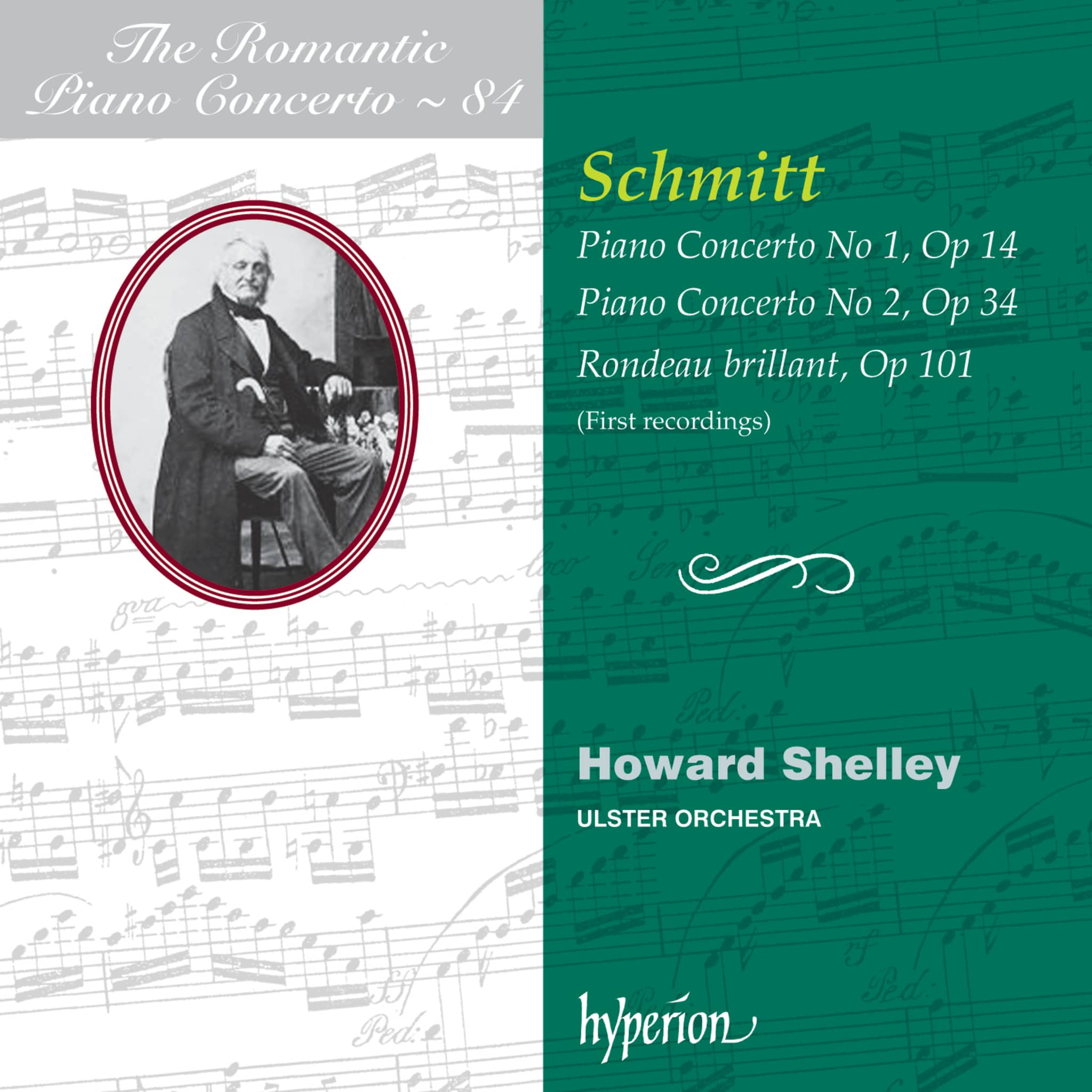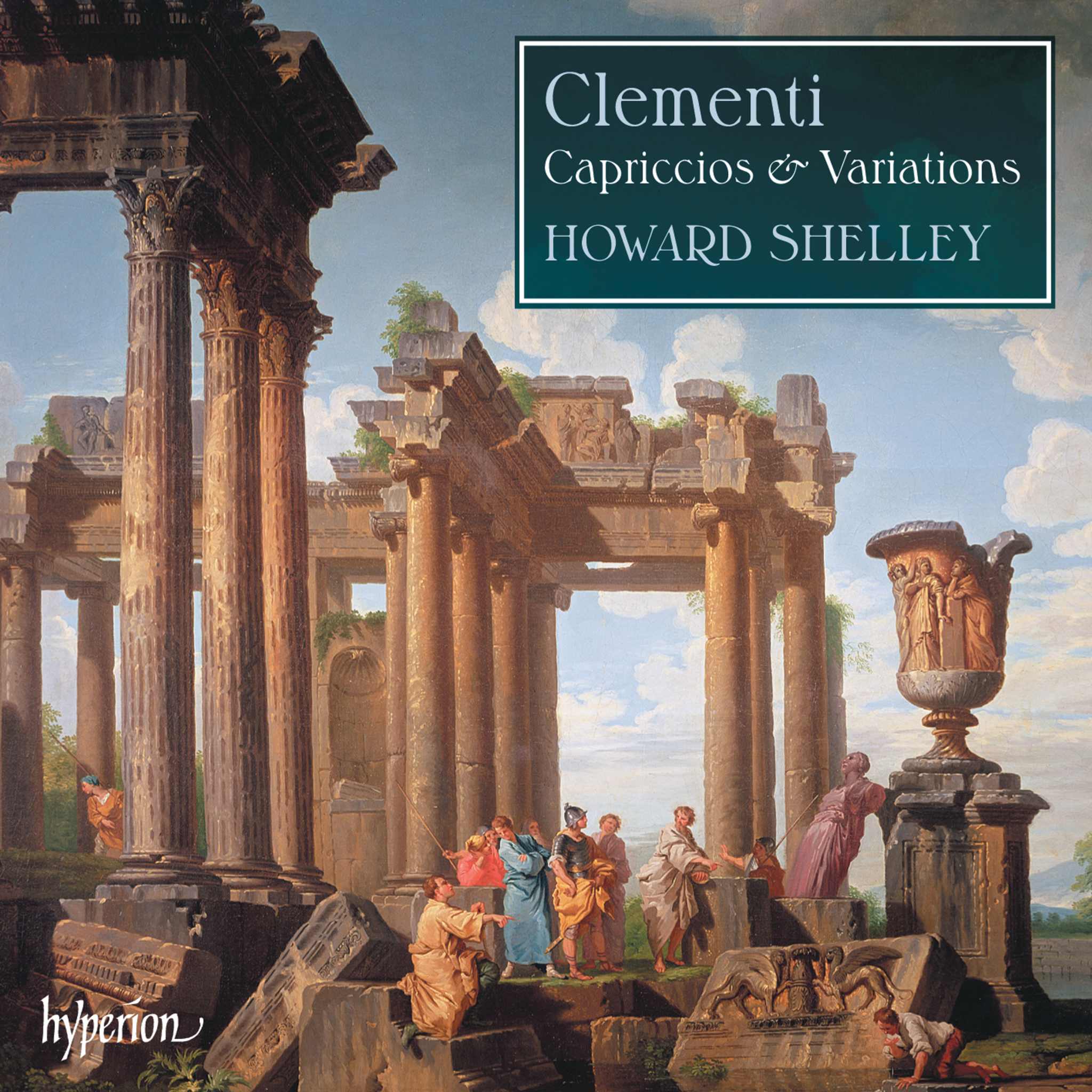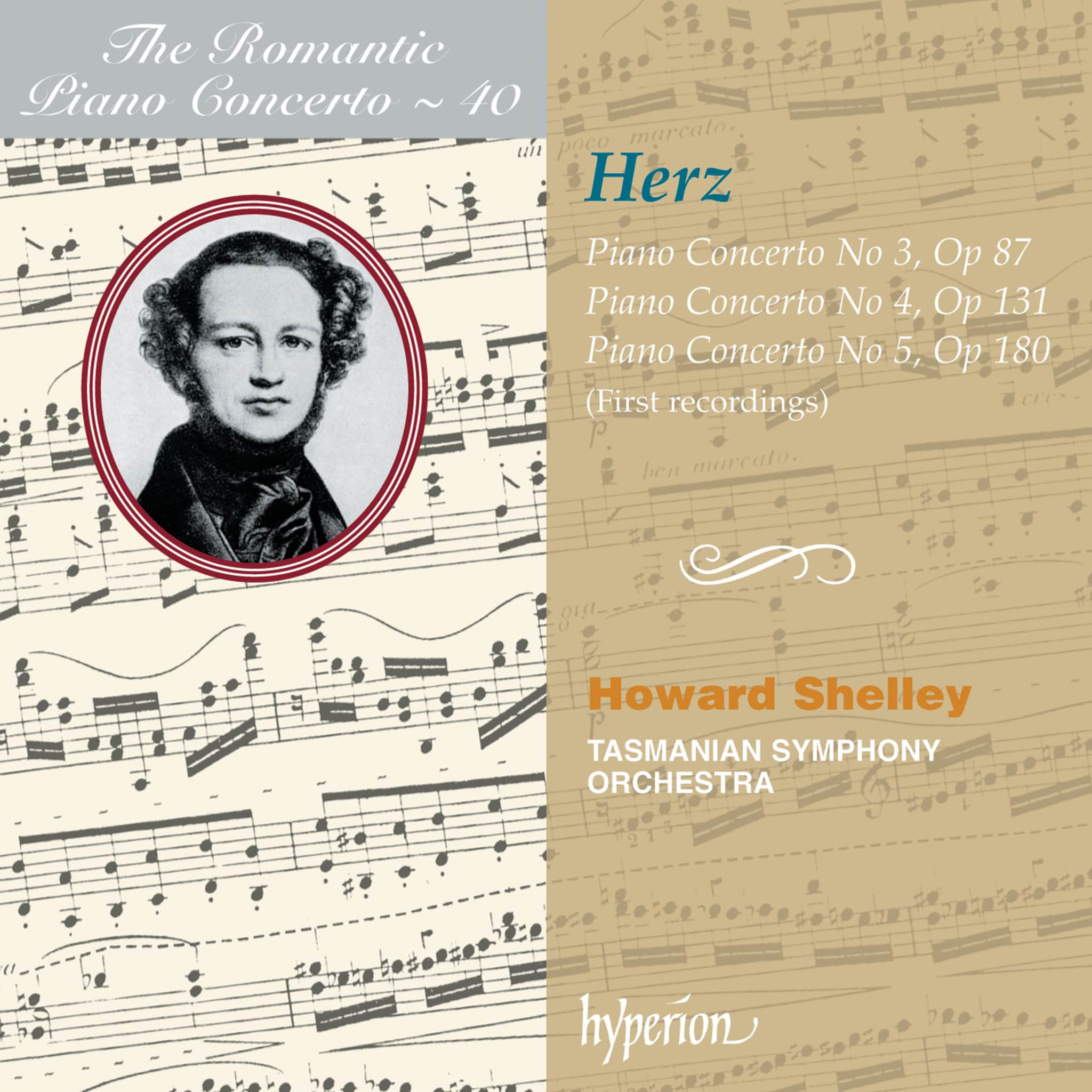Album insights
During the late 18th century, most of Haydn's symphonies were intended for performances at the court of his employer, Prince Nikolaus Esterházy. Despite feeling constrained by his role as Kapellmeister in the small-town atmosphere of the prince's residences, Haydn's reputation had spread far and wide, particularly reaching Paris. By 1785, Haydn received a commission to compose six symphonies for a French nobleman, Comte d'Ogny, resulting in Symphonies No. 82 to 87. Subsequently, Symphonies No. 88 and 89 made their way to Paris in 1789 after being sold to a French publisher by the violinist Johann Tost.
Three more symphonies (No. 90, 91, and 92) emerged, with indirect ties to Paris. Around early 1788, Prince Krafft-Ernst von Oettingen-Wallerstein commissioned Haydn to write three symphonies for his Bavarian castle orchestra. Initially hesitant due to time constraints, Haydn changed his mind upon receiving a similar request from Comte d'Ogny, allowing him to fulfill both commissions. Haydn sent the scores to Paris, dedicating the second and third symphonies to the Comte. However, a clever ploy was needed when he had to deliver these same scores to Prince Oettingen-Wallerstein. Successfully convincing the prince that the scores were illegible due to poor eyesight, Haydn only sent the orchestral parts. This tactic paid off, leading the prince to request three more symphonies along with a generous reward. These were the last symphonies before Haydn's historic first trip to London with Johann Peter Salomon in December 1790.
Symphonies No. 90 and 91, created sequentially in 1788, kick off with slow introductions but with distinct characteristics. Symphony No. 90 stands out as the subsequent Allegro integrates the main theme from the Adagio intact. The symphonies demonstrate Haydn's evolving emphasis on woodwind instrumentation. Each piece features unique thematic developments in the Allegro and a thoughtful slow movement with alternating melodies. The minuet and trio sections add a graceful touch, leading to dynamic finales with Haydn's signature musical twists.
In 1789, Haydn completed Symphony No. 92. Following the death of Prince Nikolaus in 1790 and the dissolution of the court orchestra by his successor, Prince Anton, Haydn was swiftly summoned to London by Impresario Salomon. In July 1791, Haydn received an honorary doctorate from the University of Oxford and conducted his Symphony, later dubbed "Oxford," at the Sheldonian Theatre. This symphony epitomized Haydn's compositional mastery and was a prelude to his acclaimed 12 London symphonies. The "Oxford" Symphony encapsulated his symphonic achievements over 30 years with a structured yet vibrant Allegro, a melodic and expressive Adagio, and a lively Finale blending sonata and rondo influences.








